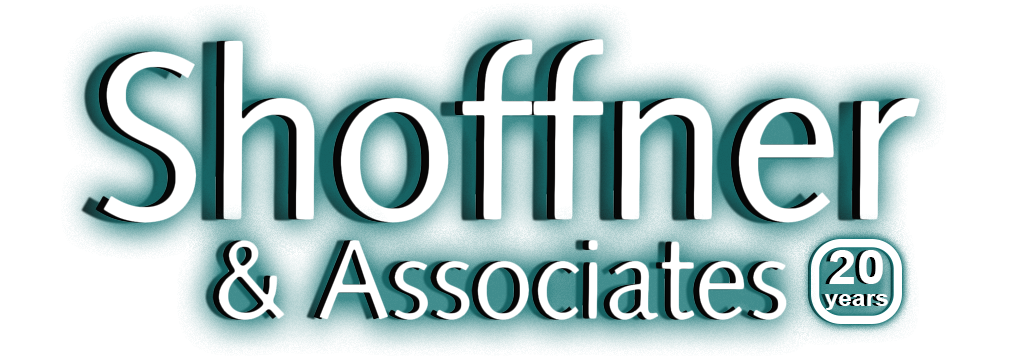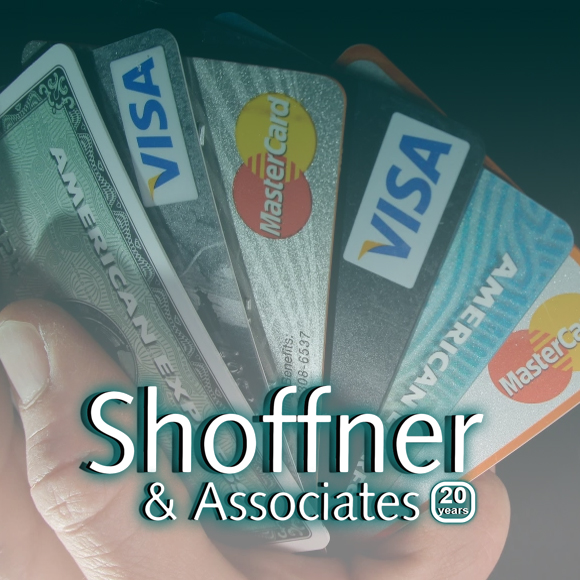Debt restructuring over 3-5 years.
Freya Allen Shoffner, Esquire featured Professional Speaker, Presenter, Professor.
Need a Speaker for a Business Event? Call your friendly neighborhood attorney today.
With the right help, you are more likely to succeed. The attorneys at Shoffner & Associates will be happy to help you.
Give us a call at (617) 369-0111 or email fashoffner@shoffnerassociates.com
In this time of economic upheaval the subject of bankruptcy comes up more and more. Chapter 13 Bankruptcy is a monthly payment plan for one’s debt for a period of 3 to 5 years. It is a plan for individuals with regular income. During the time of the payment plan creditors may not make any collection efforts.
There are several advantages to filing Chapter 13. It allows small businesses and individuals to preserve one’s property. This means that individuals can save their homes from foreclosure even though mortgage payments must be paid during the Chapter 13 payment plan. Debtors can reschedule their debts, except for their home mortgage, which can mean lower payments during the payment plan. Debtors have no direct contact with creditors during the Chapter 13 protection. Payments are made instead to a Chapter 13 trustee who in turn makes payments to the creditors.
An individual is eligible for Chapter 13 relief if his unsecured debt, such as credit card bills or personal loans, is less than $394,725 and secured debt, which includes mortgages and car loans, is no more than $1,184,200. A debtor must receive credit counseling from an approved agency within 180 days before filing for bankruptcy.
The filing process for Chapter 13 typically takes 95 days. Your attorney can help you with the required submissions. A number of financial statements must be submitted, to include: a list of your creditors and how much is owed, evidence of income, a list of property and valuables, a recent tax return, and a list of your living expenses. A certificate of completion for the credit counseling course must be filed as well. A bankruptcy petition needs to be filed which will put a temporary halt on any debt obligations, foreclosure proceedings, and debt collection attempts. The bankruptcy clerk notifies all creditors of your bankruptcy case.
The next step in the filing process is your repayment plan which needs to be submitted within 14 days of filing the petition. Start following the repayment plan within 30 days of filing the petition. An impartial trustee will be assigned by the court who will review your case and meet with your creditors. This is followed by the trustee having a creditor meeting, 21 – 50 days after you have filed your petition, where you will answer questions under oath about your debt and proposed payment plan. There will be a confirmation hearing within 45 days of your creditor meeting. At this meeting a judge will either approve your plan or not. If it isn’t approved you can alter your plan or change the filing to a liquidation case under Chapter 7 bankruptcy. If your plan is approved you need to follow the plan for the next 36 – 60 months. The trustee will receive and distribute the payments during this period.
Discharge of the bankruptcy occurs after the repayment plan is fulfilled and you’ve taken an approved financial management course. The discharge releases the debtor from all debts provided for by the plan. There are debts that are not part of the plan and therefore won’t be discharged. The bankruptcy law regarding the discharge is complex.
Filing for Chapter 13 bankruptcy is a serious and complex financial consideration. It can protect your and your small business’s assets. It can have negative consequences as well. Consult with a bankruptcy attorney to assess the pros and cons for your specific situation. Shoffner & Associates can guide you through the decision making process and work with you and the courts through filing, and implementation.




